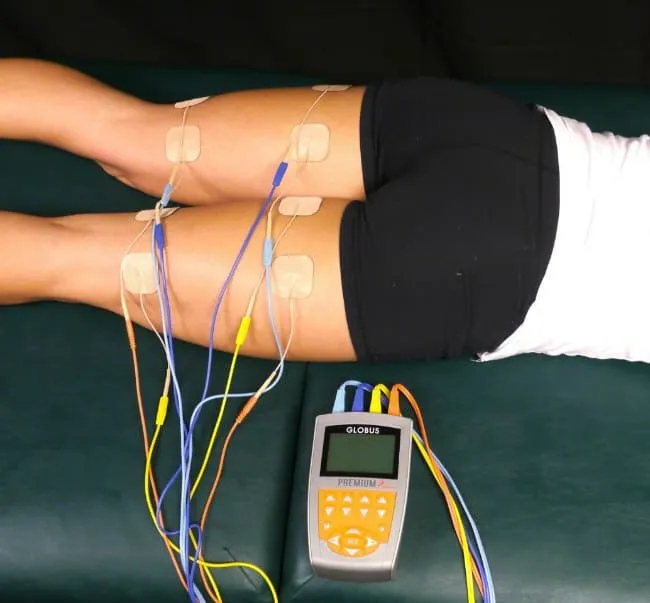Innovation
The main finding suggests that combined training, including neuromuscular electrical stimulation improved better the static and dynamic balance and exercise tolerance, as well as the lower limb strength, compared to training without NMES in patients with COPD.
The combination of ET, RT, and NMES improves static and dynamic balance likewise in exercise tolerance in patients with COPD. This training program decreased balance impairment and reduced dyspnea and fatigue. It could reduce the risk of falls and can be part of pulmonary rehabilitation for patients with COPD.
Neuromuscular electrical stimulation (NMES) appears to be a viable alternative for people who are unable to exercise. The broad applicability of NMES has attracted attention. NMES has a number of benefits for COPD patients, including improved quality of life, exercise tolerance and muscle growth.
A combination of NMES and ET targeting the postural muscles can help with balance problems. Combined training (ET + RT + NMES) produces more physiological changes than one of the three training methods alone (ET, RT or NMES).
Evaluation System
The 6-minute walking test increased significantly after the training program in favor of the endurance training + and resistance training + neuromuscular electrical stimulation group.The evaluation is performed on the following parameters: (1) symmetrical two-phase pulses fixed at a frequency of 50 Hz, (2) pulses of 400 μs, (3) intensity amplitude 15-20 mA and (4) duty cycle of 10/30.
Assessment
After training three times a week for ninety minutes, the patients were examined both at the beginning and after 24 weeks of training. Height, weight and lung function measurements at rest were taken on the first day. The next day, participants underwent the six-minute walk test (6MWT). In addition, maximum voluntary contraction of the quadriceps muscle (MVC), spirometry and balance tests were recorded.
References
Acheche, A., Mekki, M., Paillard, T., Tabka, Z., & Trabelsi, Y. (2020). The Effect of Adding Neuromuscular Electrical Stimulation with Endurance and Resistance Training on Exercise Capacity and Balance in Patients with Chronic Obstructive Pulmonary Disease: A Randomized Controlled Trial. Canadian respiratory journal, 2020, 9826084.
doi.org/10.1155/2020/9826084" target="_blank">doi.org/10.1155/2020/9826084








